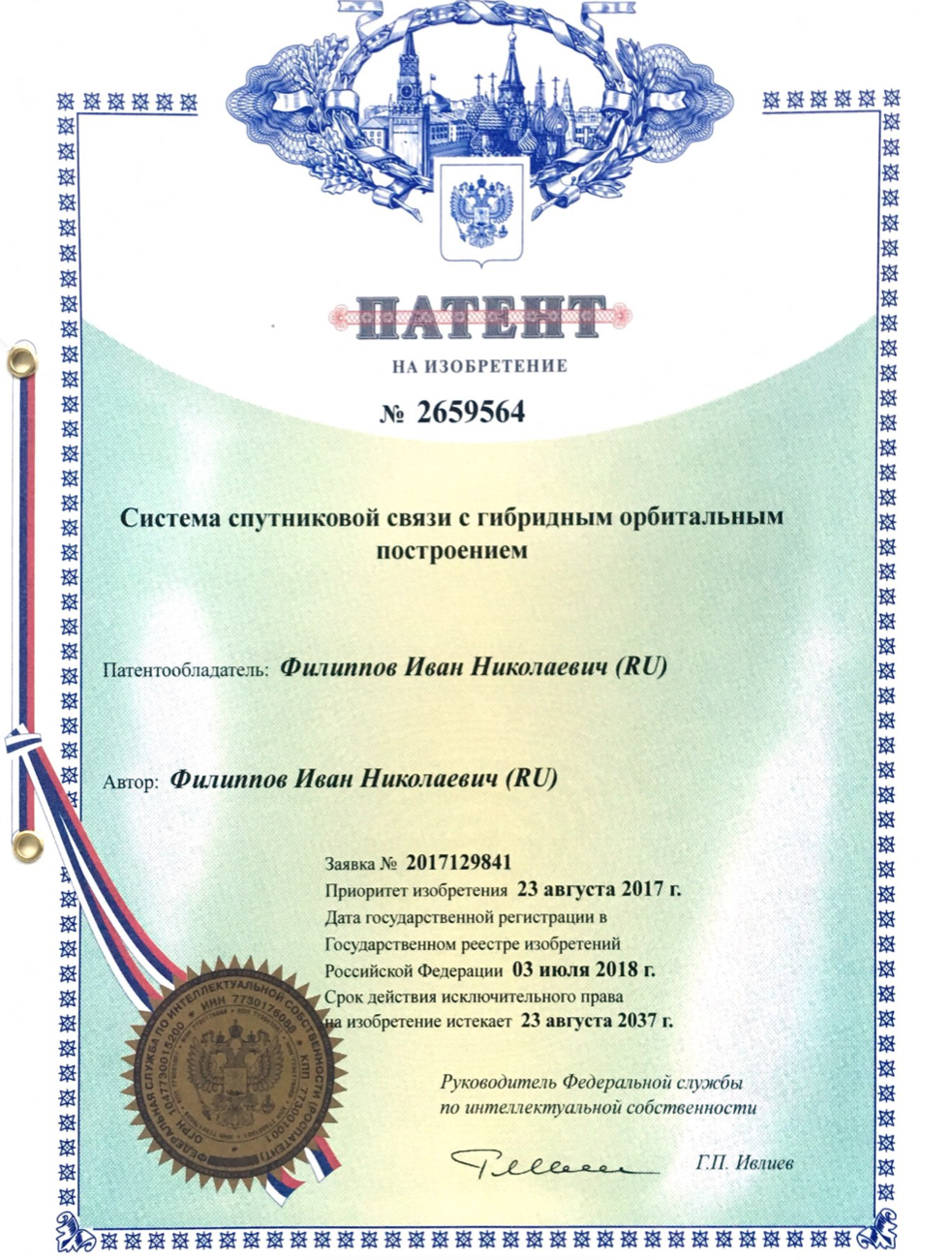ABOUT US

Orbital Laboratory is founded by graduates of the Moscow State University Physic’s Department.
Our Team has an advanced scientific education in conjunction with more than 25 years of hands-on experience in global
satellite communication sector. We have a vast experience with in-depth mathematical modeling of various processes,
as well as with complex telecommunications tasks and data analytics, which have been leveraged through analytical approach
of solving multi dimensional technical and mathematical problems. This profound expertise allows our Team to find quick and
effective solutions for development and implementation of various Telecommunications projects based on ‘Best – In Class’
technological and systematical methods.
Orbital Laboratory Team has successfully developed and received a Technology Patent for the concept of
“Satellite systems with hybrid orbital schema”, which was in particular designed to improve radio transmission and communication
over the Arctic and Antarctic regions. The technical part of the concept is based on the implementation of the global coverage
for radio transmitted signals, using minimum required number of satellites in the system over high-latitude Arctic and Antarctic
regions, with less than industry CAPEX average and minimal operational costs.
Solving the problem of information security in high-latitude regions of the Arctic and the Antarctic regions is one of the main areas of research and development by the Orbital Laboratory's Team.